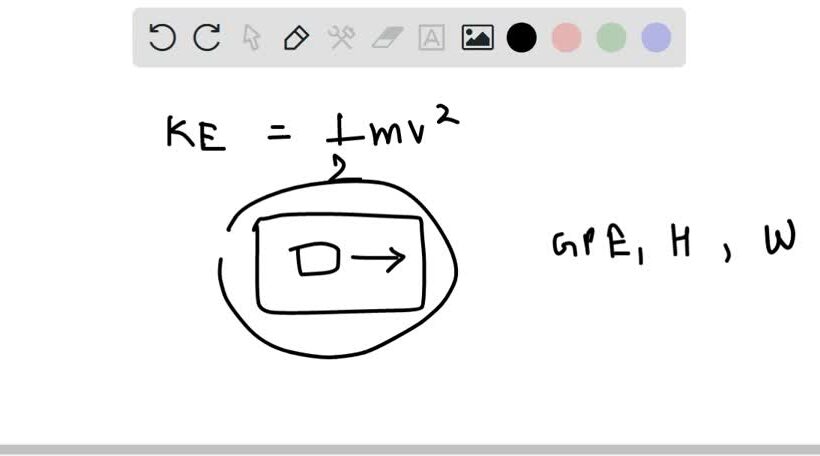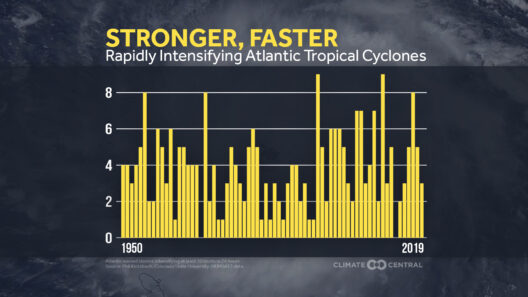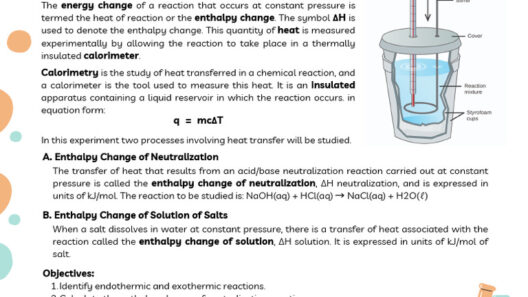In the intricate tapestry of physics, the conservation of energy stands as a foundational principle, intimately entwined with both theoretical and practical applications. It posits that the total energy within a closed system remains invariant despite the myriad transformations between potential, kinetic, thermal, and other forms of energy. However, to ascertain if a system is indeed conserving energy, one must undertake a comprehensive investigation employing a systematic approach. Here are the critical steps to check if energy is conserved in any given system.
To initiate the evaluation, one must define the boundaries of the system under scrutiny. A “system” in this context can vary from a simple mechanical device to a complex ecosystem or even an entire planet. Clearly delineating the boundaries facilitates a focused analysis, allowing one to ascertain which energy forms are pertinent to the investigation. Whether dealing with a pendulum swinging in motion or a car accelerating down a highway, identifying the system’s limits is paramount.
Once the parameters have been established, the next phase involves cataloging the various energy forms present within the system. Energy can exist in numerous forms: kinetic energy, which is associated with motion; potential energy, dependent on an object’s position; thermal energy, arising from temperature differences; and chemical energy, stored in molecular bonds. A thorough inventory of these forms will provide a foundational understanding, enabling a nuanced analysis of energy transfers and transformations.
Next, it is crucial to employ precise measurements of each energy form at designated intervals. This process typically involves using various instruments—such as voltmeters for electrical energy, calorimeters for thermal energy, or photometers for light energy—to quantify these forms. Critical to this process is the accuracy of the instruments being utilized, as erroneous readings can lead to significant misinterpretations regarding energy conservation. Therefore, ensuring calibration and proper usage of measuring tools is essential.
With the data in hand, one should analyze the energy transitions occurring within the system throughout the observed phenomenon. Energy transformations are ubiquitous; a prime example is in a falling object, where potential energy is converted into kinetic energy as it descends. It is essential to account for all forms of energy at each stage of the process. Notably, the law of conservation of energy propounds that the total energy before any transition or transformation must equate to the total energy afterward, when factoring in all energy types.
To formalize this principle mathematically, one can express the conservation of energy as:
Total Energy Before = Total Energy After
In practice, this mathematical representation necessitates summing each form of energy applicable to the system. If these sums correspond, one can conclude that energy is conserved. Contrarily, a discrepancy indicates the presence of external forces, such as friction or air resistance, which may dissipate energy as heat or sound, ultimately leading to the system no longer conserving energy.
Another indispensable aspect of this analysis is the consideration of energy losses. Recognizing that no real-world system is perfectly isolated allows for the acknowledgment of inefficiencies. For instance, in mechanical systems, friction between moving parts often results in energy loss as heat. Identifying these losses is paramount, as they provide insight into why a system may not demonstrate conservation of energy under practical conditions.
In conjunction with theoretical calculations and measurements, graphical representations may also prove beneficial. Utilizing charts or diagrams to illustrate energy transformations can enhance comprehension and provide a visual summary of the interactions within the system. Flow diagrams that showcase energy inputs, outputs, and transformations serve as effective tools for elucidating energy conservation dynamics.
Understanding the implications of energy conservation extends beyond academic inquiry; it has palpable ramifications for engineering, environmental science, and policy-making. In an era marked by an urgency to address climate change, optimizing energy systems is paramount to achieving sustainability goals. By comprehensively analyzing systems for energy conservation, it is possible to develop more efficient technologies, reduce waste, and create sustainable practices that align with ecological imperatives.
Furthermore, interdisciplinary approaches can intensify this analysis. For instance, integrating insights from thermodynamics, fluid dynamics, and systems biology can provide a richer understanding of complex systems, revealing nuanced interactions that influence energy behavior. By fostering collaboration across these disciplines, one can uncover innovative methods for ensuring energy conservation in a variety of contexts.
The final facet of this evaluation is a reflective assessment regarding the broader implications of the findings. Engaging with the results critically invites curiosity about how energy conservation principles can be applied to real-world challenges. For instance, investigating renewable energy systems—such as solar panels or wind turbines—through the lens of energy conservation can illuminate pathways for advancement and optimization that might otherwise be overlooked.
In conclusion, the task of checking whether energy is conserved in any system demands a methodical approach embracing measurement, calculation, and ongoing analysis. From systems boundaries to energy forms and losses, each element interplays to offer a comprehensive understanding of energy dynamics. Consideration of energy conservation principles not only fuels scientific inquiry but also fosters innovative solutions for sustainable futures. With the knowledge acquired through these methodical checks, we are poised to create change that honors our planet’s resources while promoting a harmonious existence with nature.








